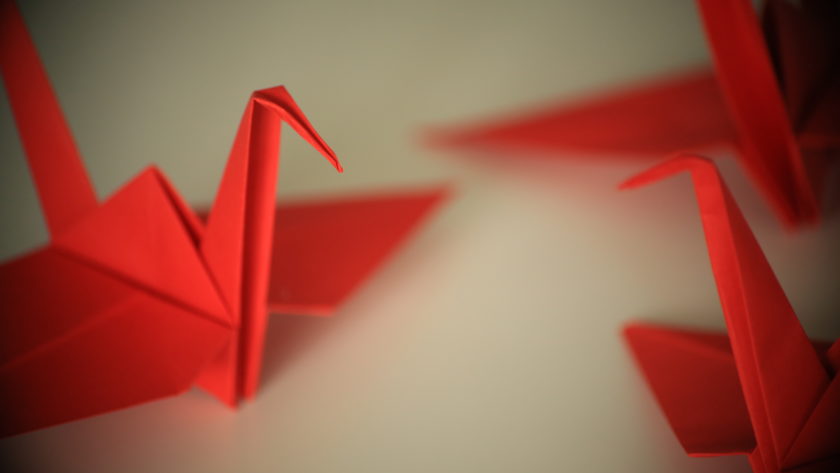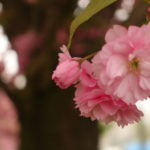Reading a book like the Shogun gives me a kind of effervescent enthusiasm towards everything Japan related. But if I learned anything from the book, it is the value of patience. So let’s begin by settling down with a nice cup of tea.
Japan is famous for its tea ceremony, and most of us have heard of matcha, sencha or genmaicha. But today, I wanted to introduce you to a cousin of the rice-green tea combo, and that is Sobacha Azumino from the famous Lupicia tea brand. Original creation of LUPICIA, this green tea is a balanced blend between a Sencha and roasted soba seeds (or buckwheat) coming from Nagano district in Japan, famous for the quality of its cereals. Visually, the aspect of this infusion is a limpid yellow, with aromas of black corn and mellow green tea. Drinking it transports me to one of those recluded fields of buckwheat, vibrant with rose flowers in bloom. The rain has passed but there is still a fine mist on the horizon. Far away, I can see an old man crossing the fields on his bicycle.
My mind is now relaxed and my spirit bewitched by the tea geenie.
I go back to the book, and discover something new, as always. Some brief poems here and there along the story, make me want to research the subject a little more.
I have a general understanding of the haiku, as being a brief poem that respects strict rules of form and subject. While researching it, I find out that in reality, some haiku masters have allowed themselves a tweak in form, here and there, and that the rules were not always as rigid as we see them today. At the beginning of the 17th century, it was common to pass time at the Japanese court by hosting poem-tournaments, or simply challenging each other to formulate subtle poems based on trivial events. Such situations are wonderfully described in the book. But what I found to be even more unexpected, was the concept of a death poem; the idea that a samurai, a warrior, had to compose a death poem before committing seppuku, as a last memory of his lifetime on Earth, is surprinsingly refined in my view.
One such example in the book, has become famous. Toranaga has ordered one of his subjects to commit seppuku after a shameful betrayal. Before doing so, he writes :
What are clouds
But an excuse for the sky?
What is life
But an escape from death?
Such clarity of spirit in the last moments of life, a Japanese lesson in subtlety.
One of the favourite subjects of Haiku poetry is the Crane. In Japan, the crane is one of the mystical or holy creatures (just like the dragon and the tortoise) and symbolizes good fortune and longevity because of its fabled life span of a thousand years.
In the new year dawn
solemn and deliberate
tall cranes go marching
Kikaku
An ancient Japanese legend promises that anyone who folds a thousand origami cranes will be granted a wish by a crane.
To end on a sweet note, I decided my Japanese afternoon is well-deserving of a matcha panna cotta. With only a few ingredients, I can experience a simple and elegant dessert. You can find the full recipe here on the website, at the Recipes menu.
James Clavell’s Shogun has opened a magic box of Japanese miracles for me. Sometimes, a book takes you to another, or to a different type of writing, as I’ve been offered the perfect opportunity to mix poetry with novels, origami with tea, and have the feeling of bringing a small part of Japan into my home.
I hope you’ve enjoyed my ritual.
Until next time, enjoy your reading, and your rituals !
If you would like to support The Ritual of Reading, please consider purchasing your books from the Bookshop.org dedicated site by clicking the link below. You get to support local bookstores and I make a small commission with every purchase. Thank you !




